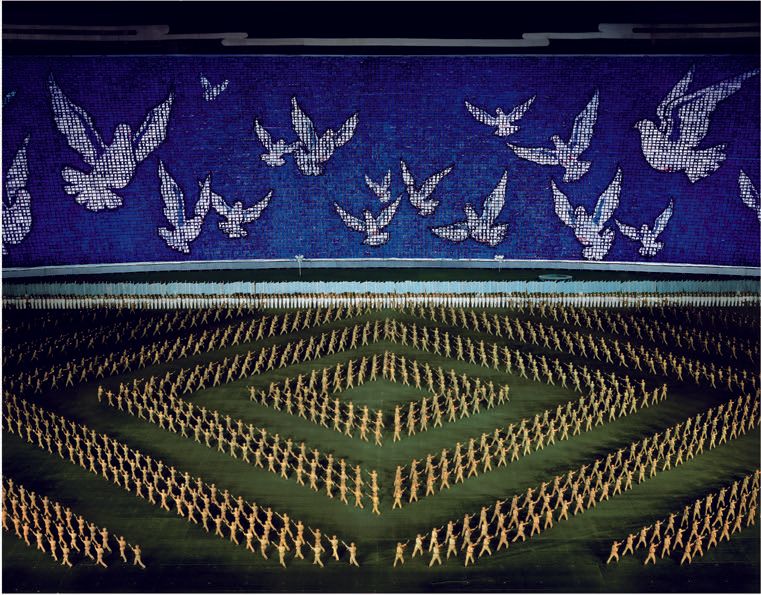DONALD JUDD writings: Eight Transmissions from the Grumpy Ur-Minimalist
|Patrick McGraw
This month, the San Francisco Museum of Modern Art debuted Donald Judd: Specific Furniture, an exhibition that looks beyond the artist’s sculptures – works he called “specific objects” – to his practice and interest in furniture design. In principle, Judd sought to create simple and functional pieces that were accessible to everyone. Revisiting his writings, which we covered in 032c Issue 33, reveals Judd’s complex view of the consumer public.
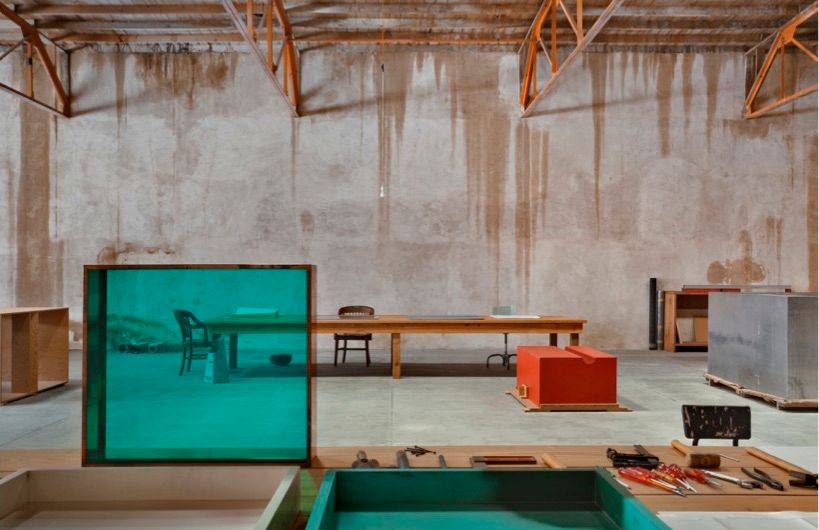
“You begin to write because you realize the stupidity of the society and the critics … Therefore, you have to do it yourself.”
Donald Judd and his artwork are commonly associated with just a single word: Minimalism. But his writing suggests otherwise. Published by David Zwirner Books and Judd Foundation, Donald Judd Writings is a 1,000 page orange tome in the shape of a brick, assembled primarily by Donald’s two children, Flavin and Rainer. The writing is simple, obsessive, insular, and sometimes bellicose to the point of sounding like a teenage YouTube commenter – where the public could be “idiots” and art critic Rosalind Krauss no more than an “Intellectual Rice Krispy.” The collection of essays makes one wonder who Judd actually was: Genius grandfather of American sculpture? Libertarian furniture designer? Just a hater?
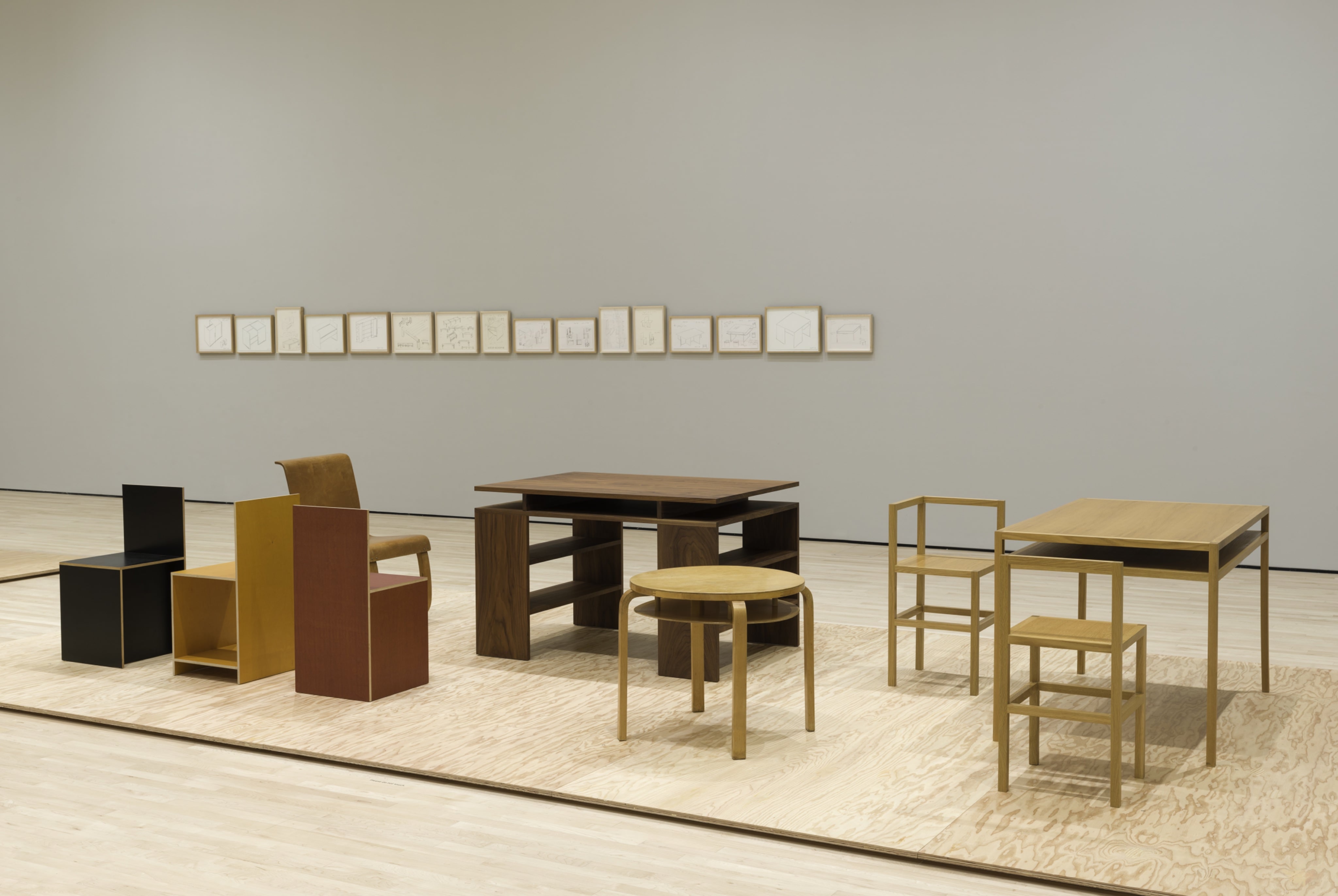
“It isn’t necessary for a work to have a lot of things to look at, to compare, to analyze one by one, to contemplate. The thing as a whole, its quality as a whole, is what’s interesting.”
Although the likes of Tony Smith, Lee Bontecou, or even Kazimir Malevich had practiced minimalism before Judd, in “Specific Objects” (1965), the artist’s most famous contribution to art theory, he laid out the ground rules for the interpretation of the style. “Specific Objects” was the first iteration of a concept that would later be bastardized by the press as “Minimalism.” Since this time, people have come to take great comfort in Minimalism as both an artistic and a lifestyle ideal. Minimalism helps keep away the boogeymen that have emerged in a society where information technology has made everything possible and available at any given moment. A modern interpretation of the concept is to reduce a given work to only the “essentials.” But Minimalism, according to Judd, is a style that is supposed to expose the multiplicity of the subject it is representing, not simplify it.
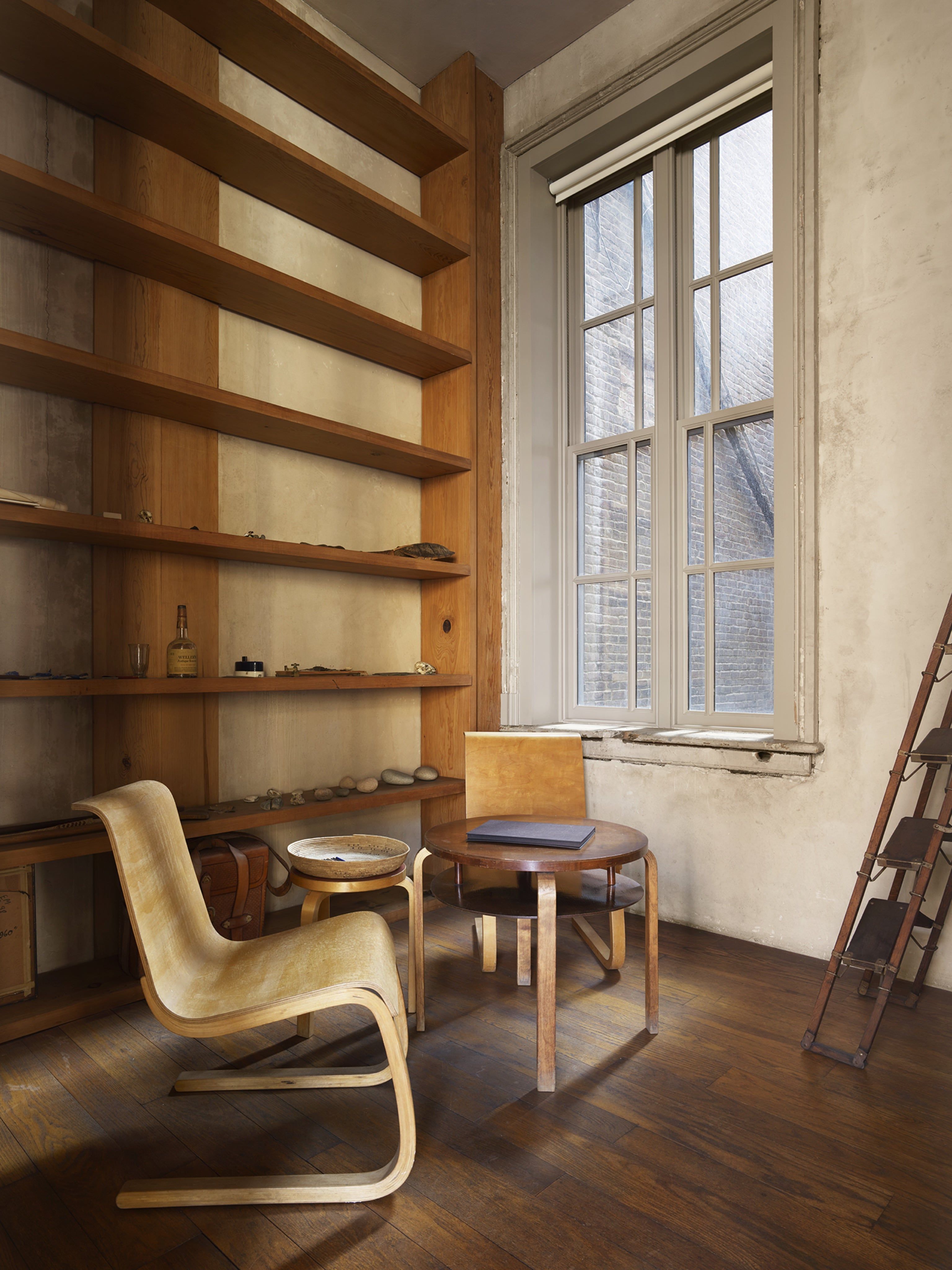
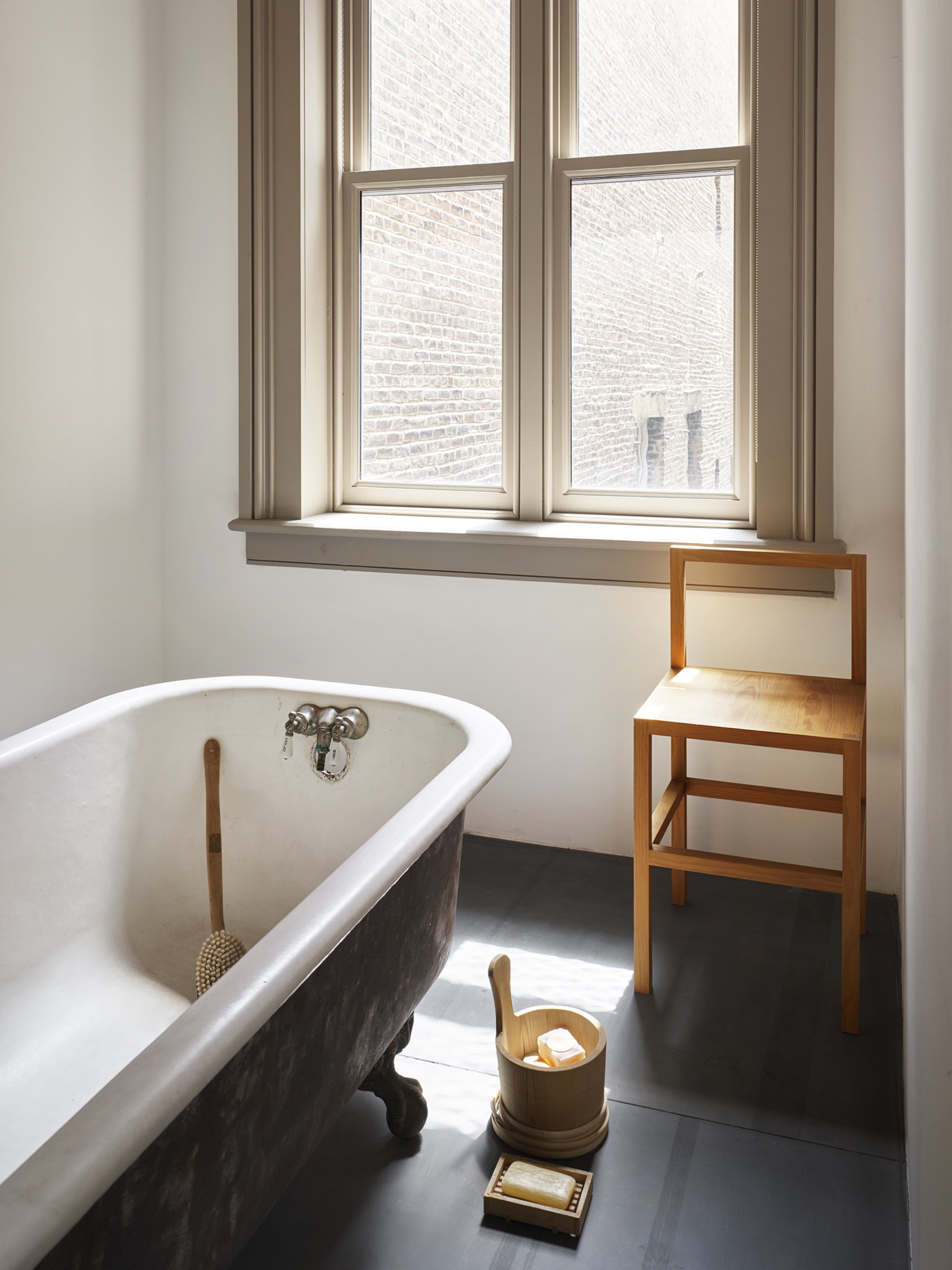
“Any art involves philosophical, social, and political attitudes.”
Prior to his foray into Minimalism, Judd was a Barnett Newman-esque painter of splotchy rectangular volumes. The book contains writings from that time, when Judd was still a graduate student at Columbia University. He speaks obsessively about pre-Columbian art and the horizontal “box” fetish these works contained. For him and others, this was a major influence that pushed sculpture and painting toward making geometric figuration trendy again – or as Judd said, “Breaking the European abstract continuity.”
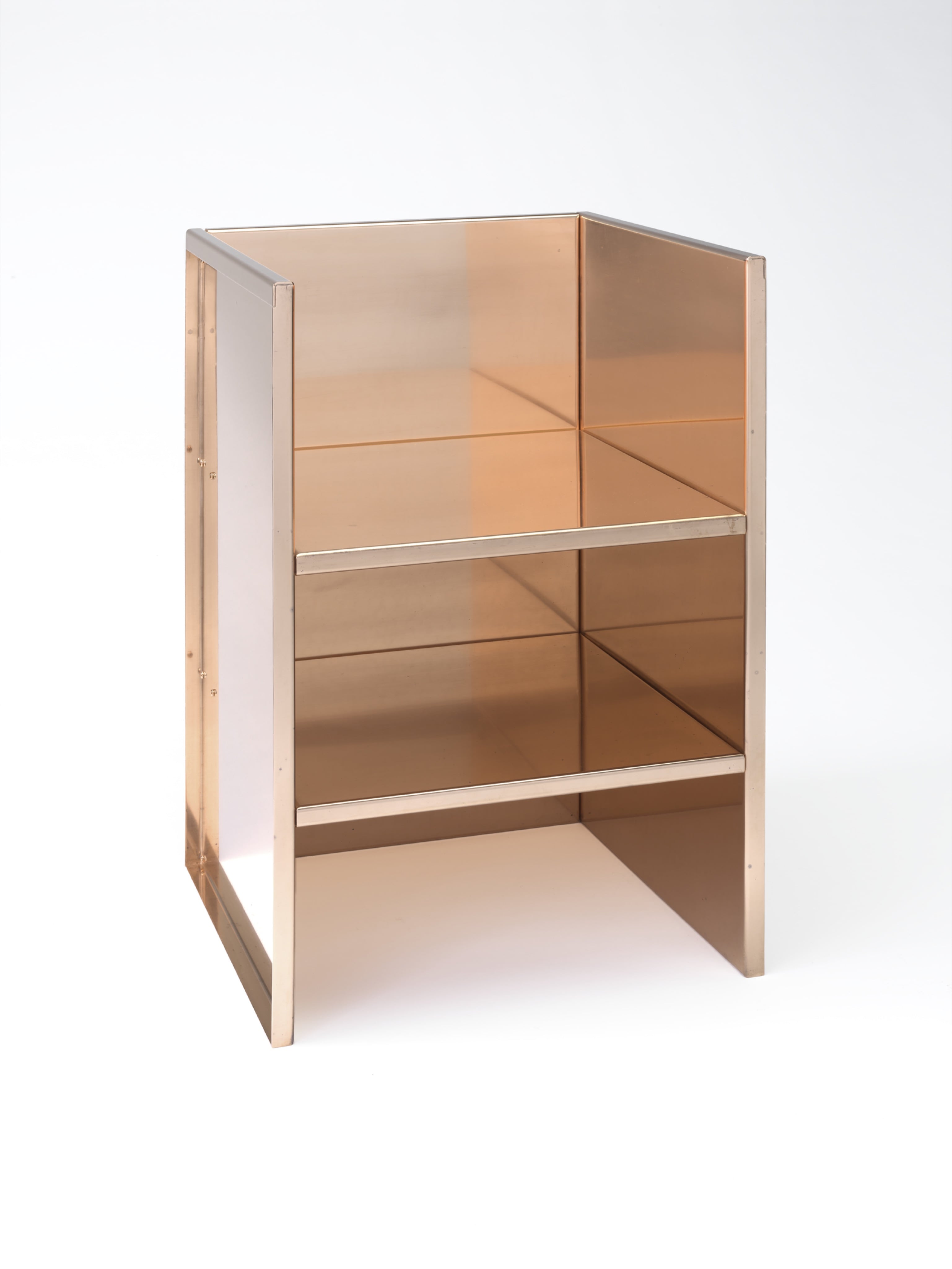
“In solving a problem, an individual should join with another person or several only as last a resort. They should join a somewhat larger group in the same way and so on out to towns, countries, and states or provinces. At no point should the power exceed what is necessary to solve the problems at that point.”
Somewhere on the cusp of the late 1960s, as Clement Greenberg was beginning to write about Minimalism in magazines such as Artforum, and even Vogue, Judd’s writings turned decidedly political. Before this point, Judd had written art criticism mostly to make a living. However, the tone shifted when he purchased his residence at 101 Spring Street in 1968 and started selling work. Out of the 102 pieces contained in the book, about a quarter are dedicated to politics. But even those that are not have a political thread running through them. You can track in his writing how Judd applied the same obsessive, linear thought process he used for his art to arrive at a political standpoint. He could not talk about art without talking about the public, could not talk about the public without talking about the government, could not talk about government without talking about war. Suddenly, in a paper about art and architecture, you find yourself comparing a Velázquez painting to a B-52 bomber.
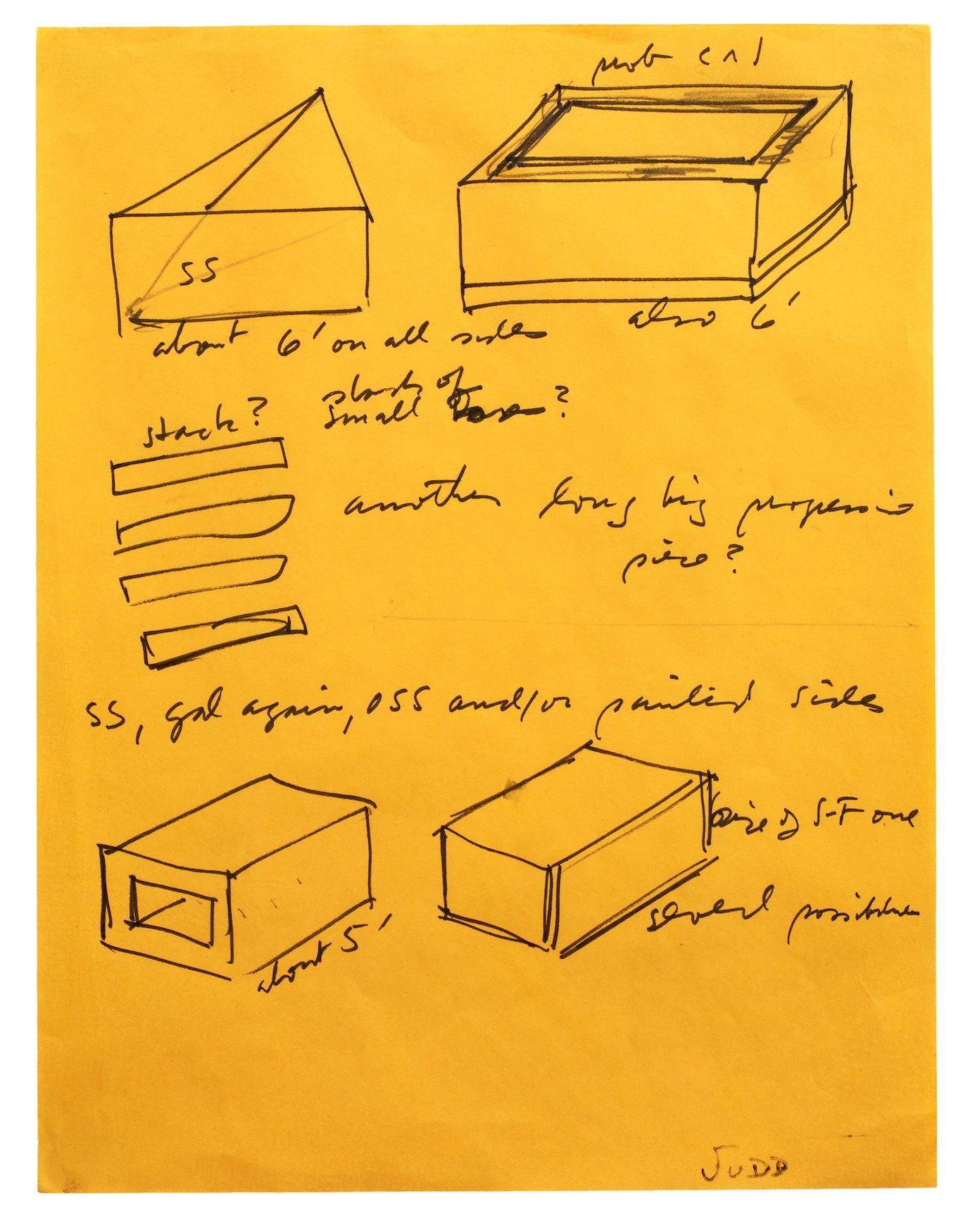
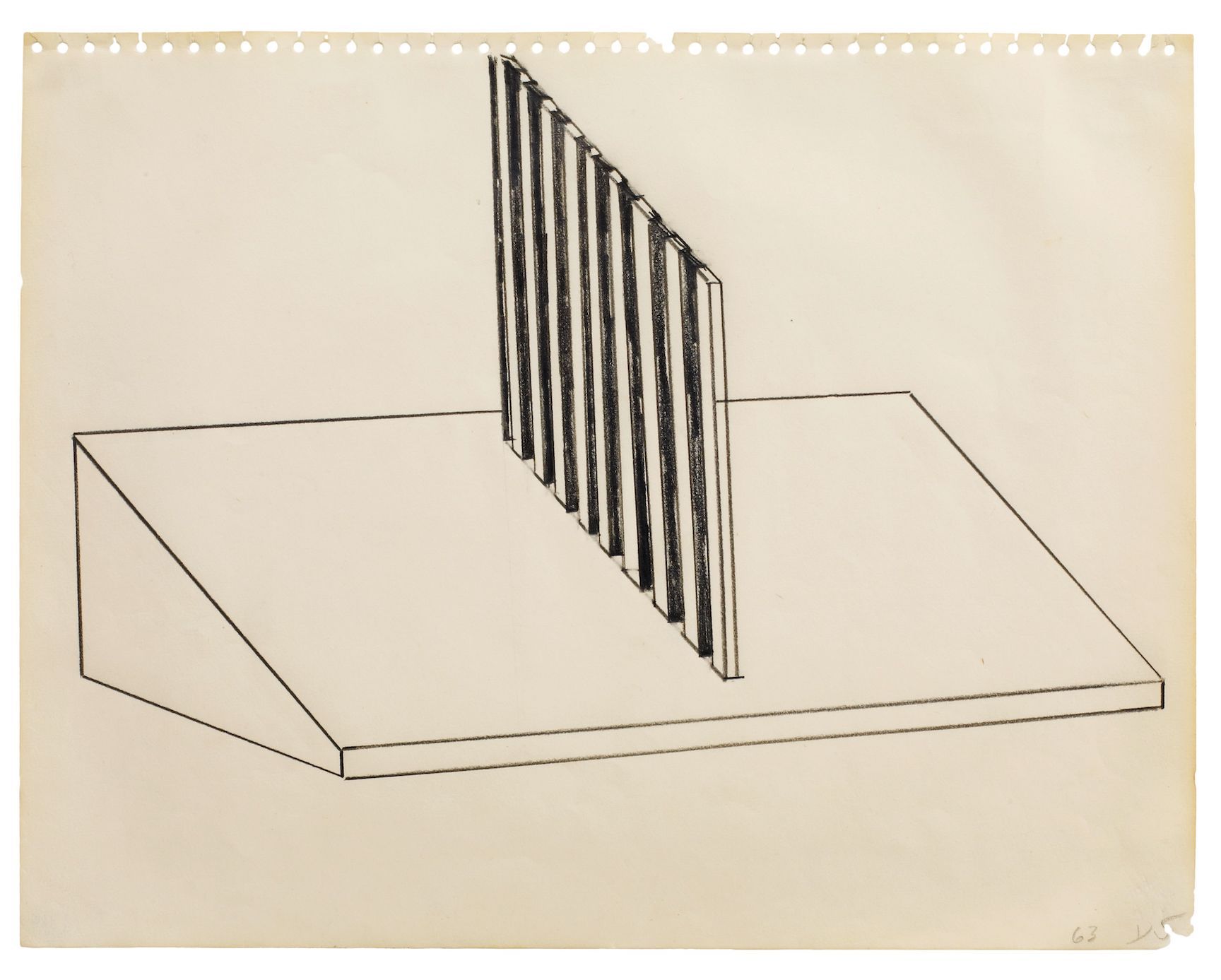
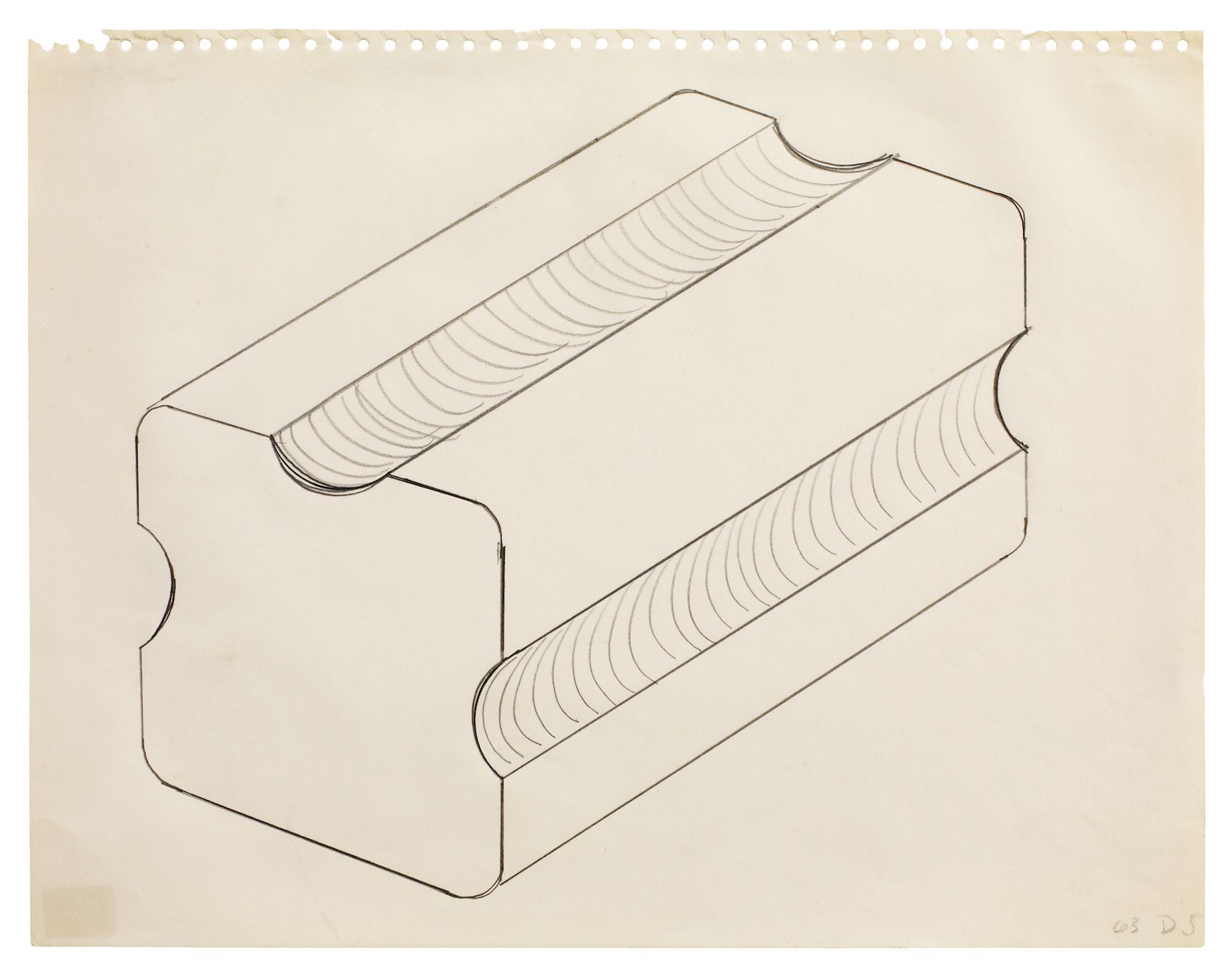
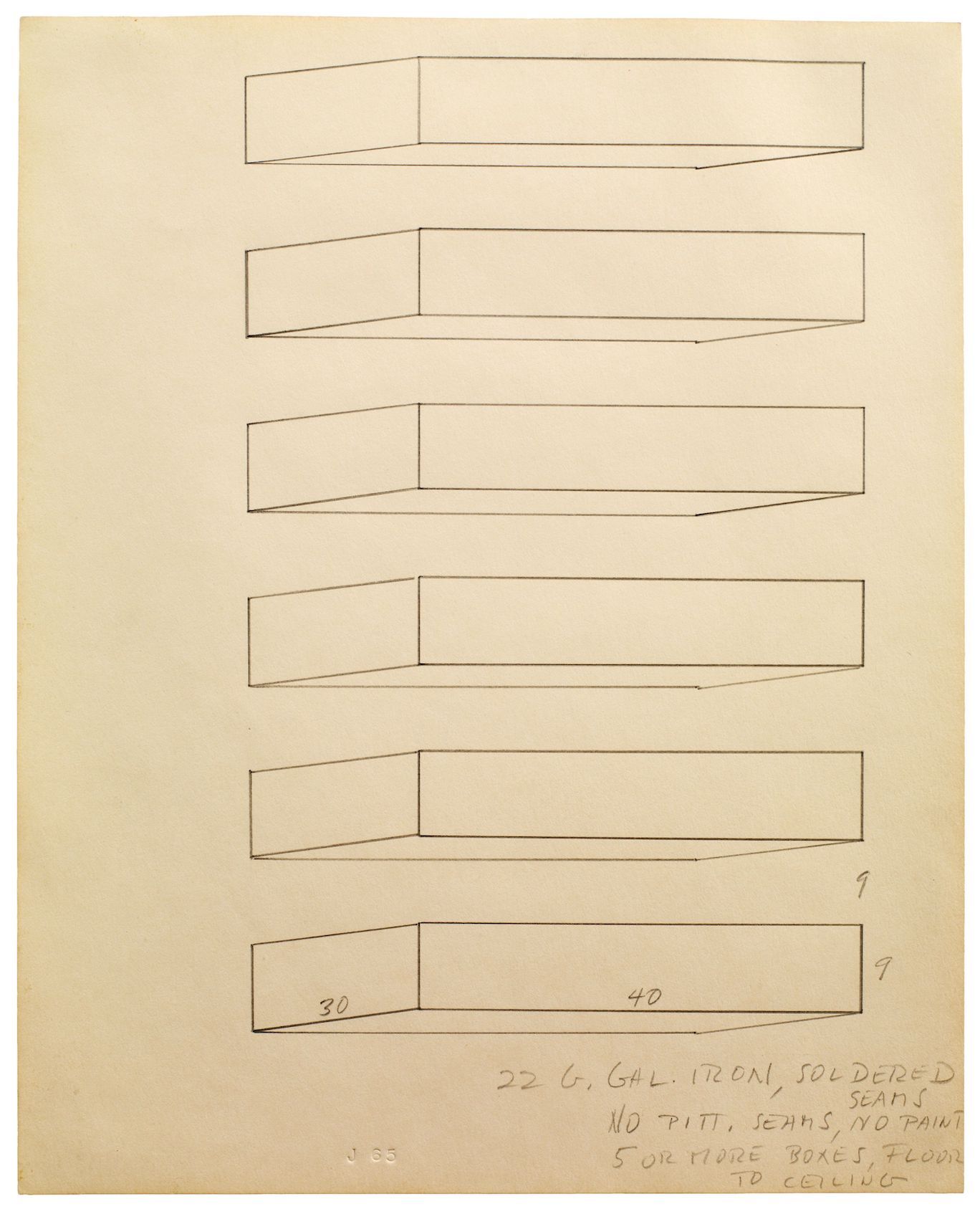
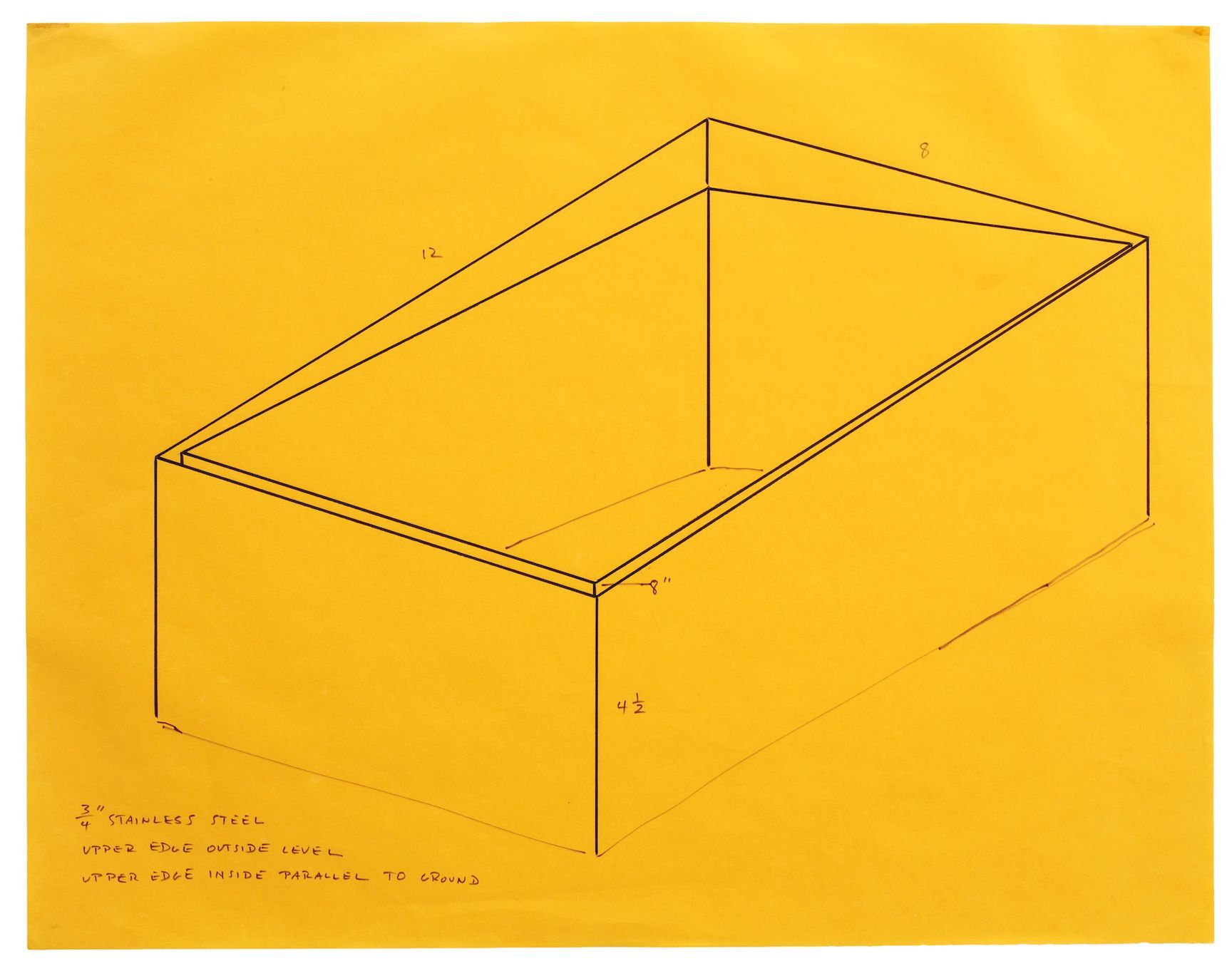
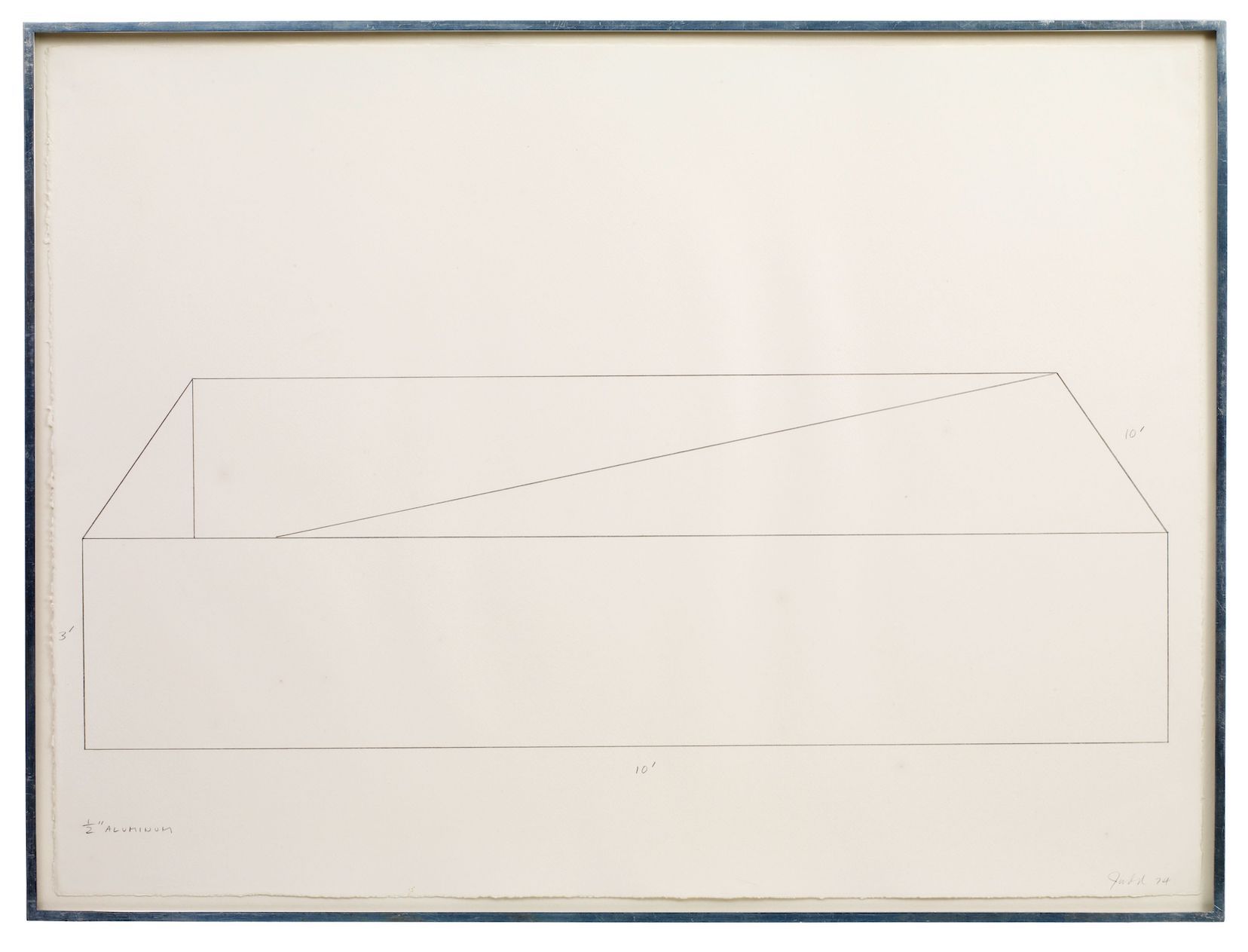
“Many are interested in art, but it’s hard to understand why, since the latest interest is, as L.B.J. said of someone, as thin as piss on a slate rock.”
As a libertarian, Judd saw senators, presidents, and special interest groups in the same way he saw museum curators, trustees, and collectors: All were a shadow of each other and to be avoided. In a previously unpublished letter titled “General Statement,” submitted to a community newspaper, Judd talks of setting up a local political group to concentrate power in the hands of a small community in Lower Manhattan and protect against developers, such as the Trump family and Robert Moses. In this light, one can imagine Judd’s move to Marfa in the Texan desert as being as political of a decision as it was an artistic one. Locality was best – in art, in life, in politics. You can almost picture him wearing a “Don’t Tread on Me” t-shirt.
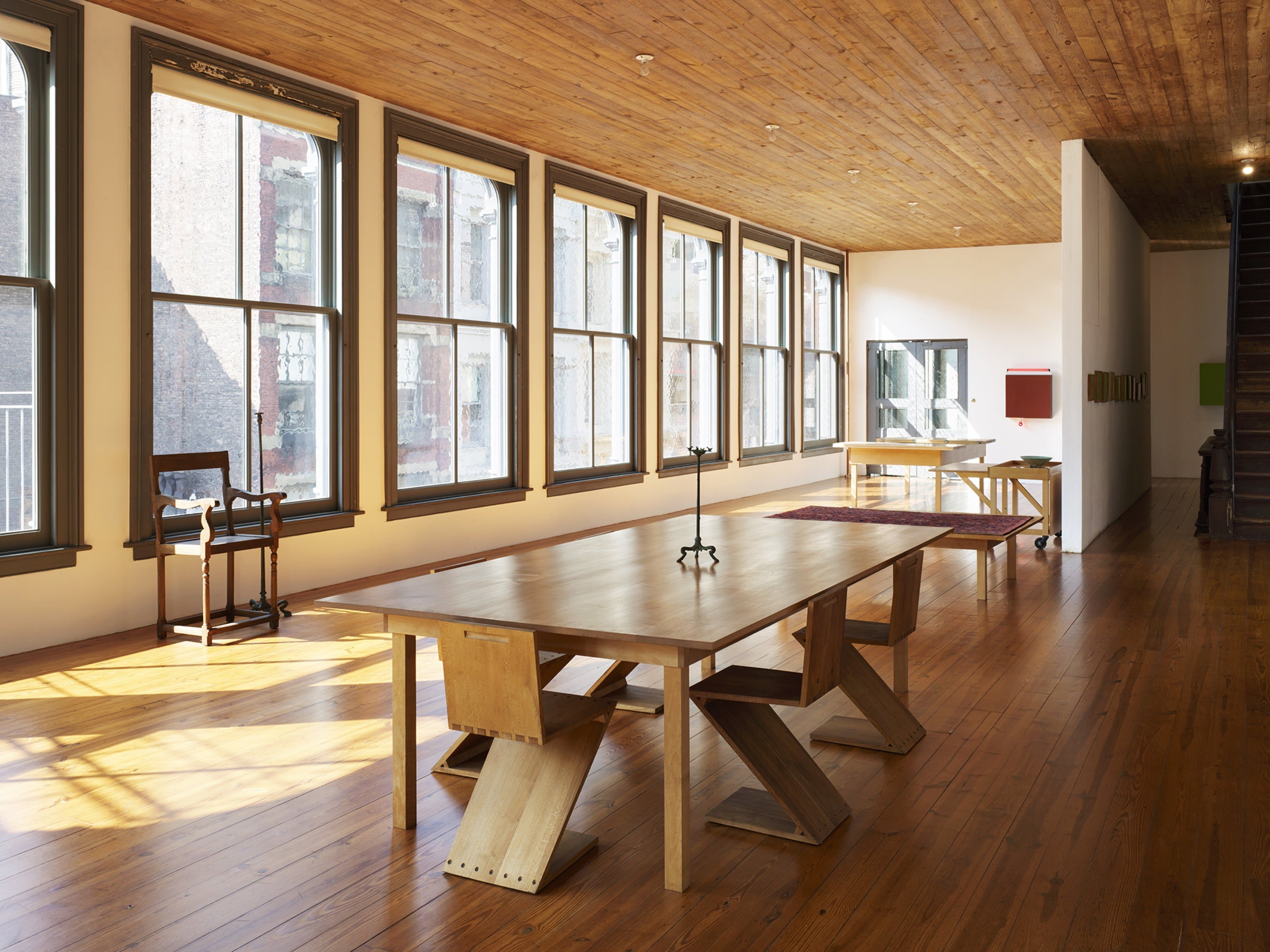
“The United States government and the rest of society pride themselves on their culture while merely using art to symbolize culture and steadily and consistently destroying real art and its context.”
A Donald Judd piece, to today’s eyes, can look akin to something you might see at Ikea, or the waiting room of your therapist’s office. And no writer can honestly argue to their audience that a silver box is inherently anti-war or libertarian. But what’s important is that these political concepts and beliefs shaped the mind of the person who produced the box, thus making the box not political in itself, but at least an outcropping of those ideals, which in this case, the creator believed in wholeheartedly. This fact seems to be victim to cultural amnesia today.
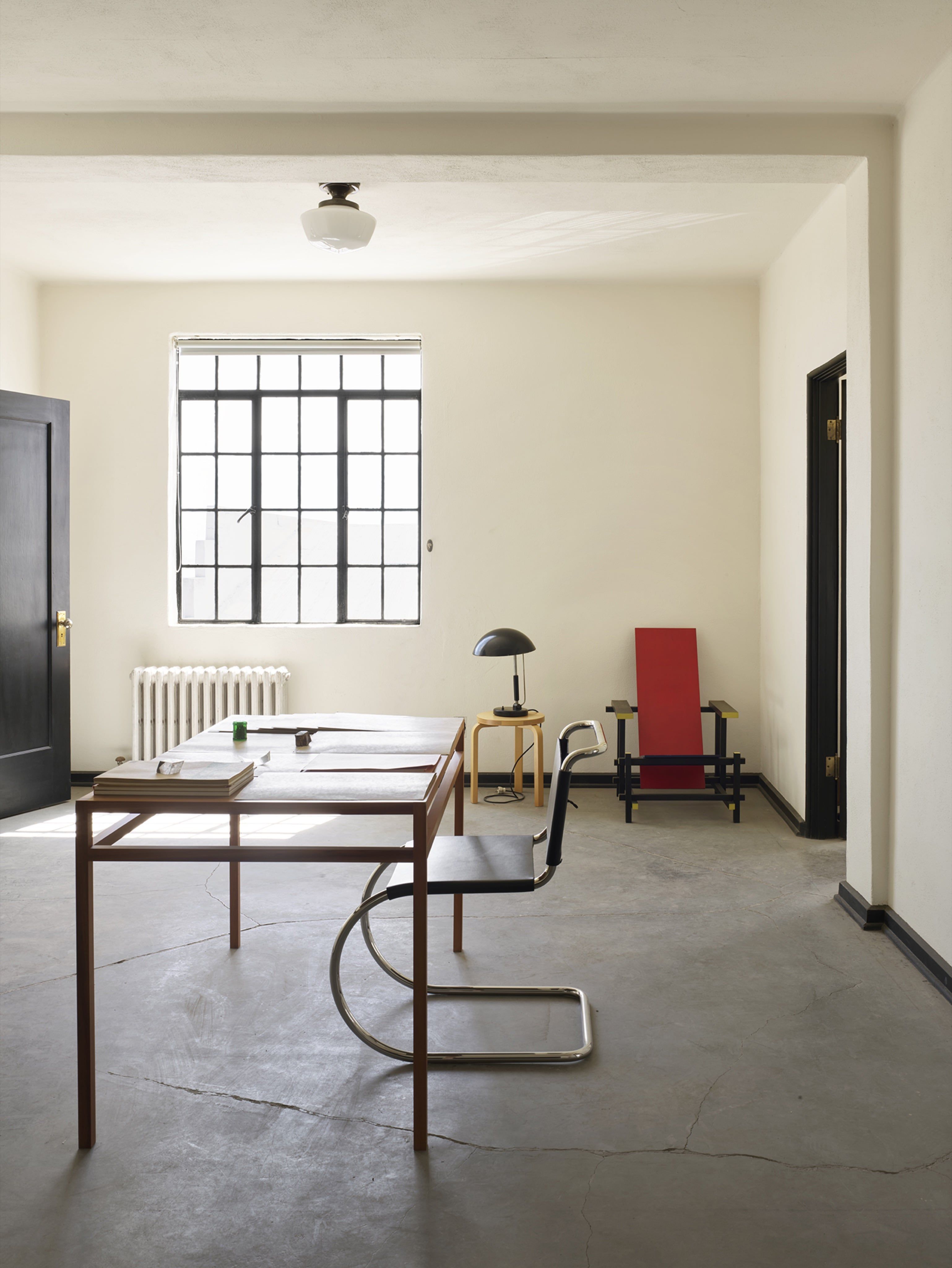
“Most of the present beliefs should be dead beliefs, but, contrary to my old expectations, they’ll take a thousand years to die. And then new stupidities will have filled the emptied space.”
The Museum of Modern Art in New York is now planning the first American retrospective of Judd’s work in almost 30 years. A lot has changed in those decades – for the world, and Judd’s work as well. Marfa now boasts a Prada store and a Michelin Star restaurant. And despite Judd’s attempts and utopian wishes, his furniture and art are now sold at auction for millions, as opposed to being available to the masses.
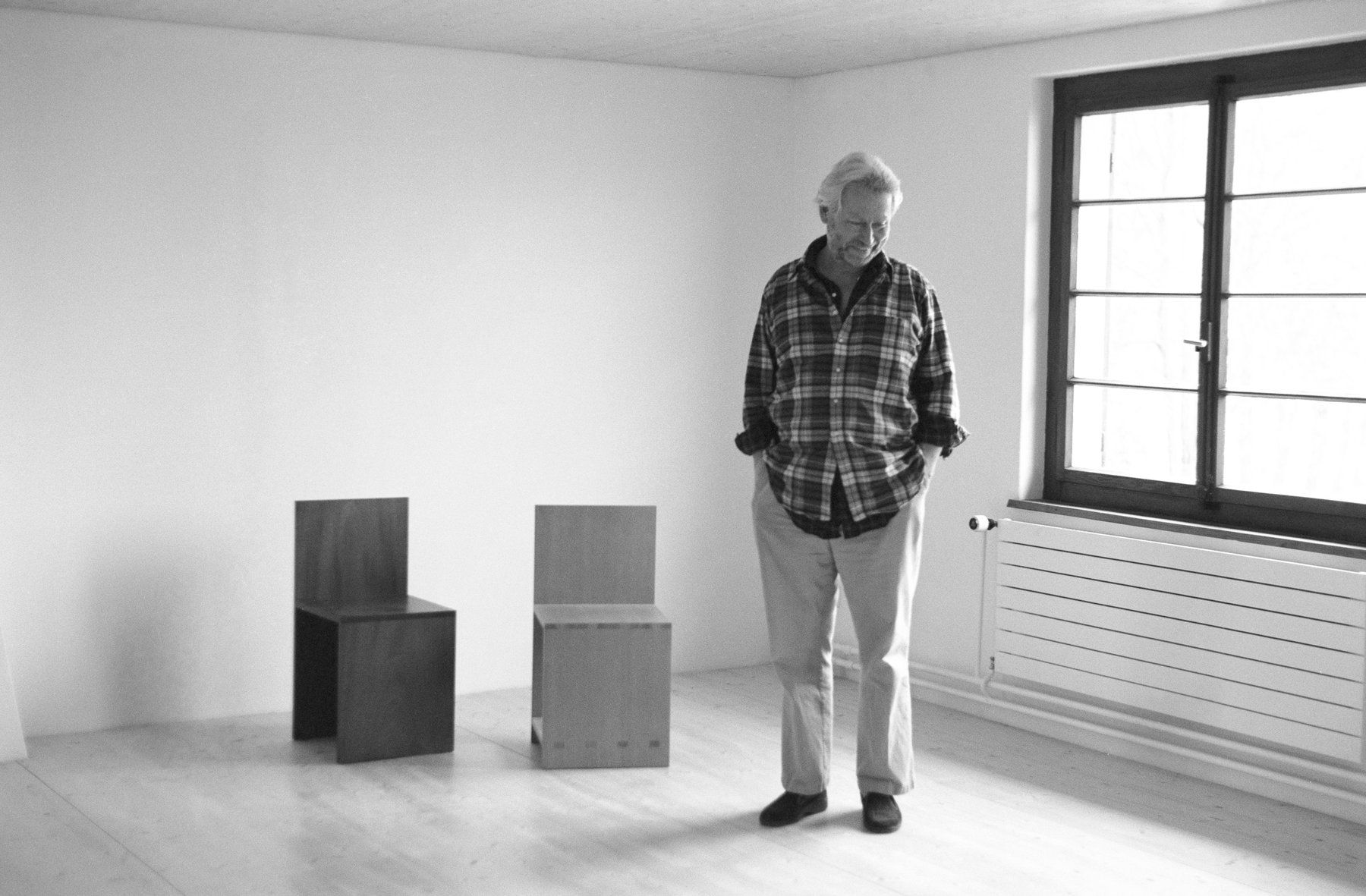
“I feel like the last picture show.”
As his work entered a later phase, public perception of Judd seemed to have less to do with his writing, a fact not lost on him. “But when I hear the same nonsense about minimalism and impersonality for 20 years, I realize that the clichés must have stuck, that most of my people view my work through the clichés of the art magazines and the survey books.” But his writings do contain the same potency now as when written. They show how being actively political can serve as a bulwark against an artist’s vulnerability, especially now – living in an age of Trumpian chaos and a circus-like art market.
Donald Judd Writings is published by Judd Foundation and David Zwirner Books (Verona, 2016). The exhibition “Donald Judd: Specific Furniture” is on view at the SFMOMA from July 14-November 4, 2018.
Credits
- Text: Patrick McGraw

